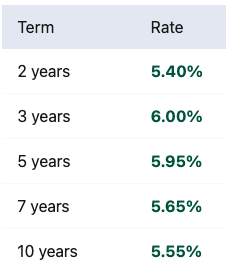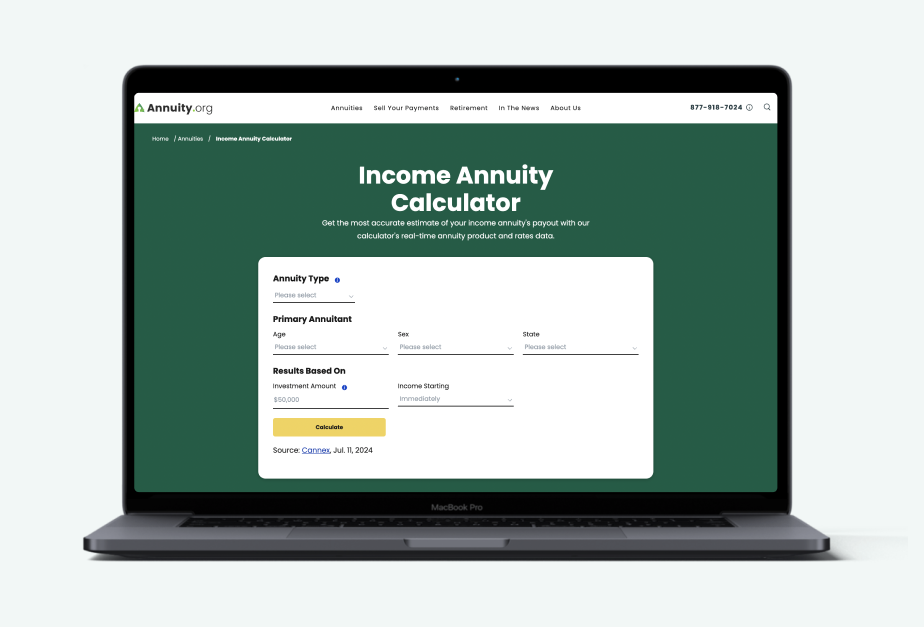How Fixed Annuities Work
Think of a fixed annuity as a contract between you and an insurance company: you agree to put in money, and they agree to grow it at a set rate and pay you back on a schedule you choose. This predictable structure makes it easier to plan your retirement budget without the stress of market swings.
Fixed annuities have two main phases:
- Accumulation Phase. During the accumulation phase, your money earns interest at a guaranteed rate. Growth is tax-deferred, which means you do not pay taxes until you withdraw funds.
- Payout Phase – During the payout phase, you begin receiving income, either right away with an immediate annuity or at a future date through a deferred annuity. You can choose payments for a set time or for life.
Why People Choose Fixed Annuities
For many retirees, money worries are not just about the numbers; they are also about security and peace of mind. Market downturns, inflation and confusing product options can make financial decisions overwhelming.
- Fear of loss: “I’m terrified that one market crash will wipe out my retirement savings.”
- Desire for predictability: “I feel constantly stressed that I’ll make a bad investment decision now that I’m no longer working.”
- Need for income stability: “I just want reliable payments I can count on every month, no matter what the market does.”
A fixed annuity simplifies things by offering something rare in retirement planning: certainty.
Types of Fixed Annuities
Not all fixed annuities are the same. The main difference comes down to how long your interest rate is locked in. Some products, like a traditional fixed annuity, adjust the rate after a set period, while others, like a multi-year guaranteed annuity (MYGA), guarantee the same rate for the entire term.
Understanding these differences will help you match the right type of annuity to your retirement goals.
Traditional Fixed Annuities
Traditional fixed annuities provide a guaranteed minimum interest rate, with the possibility of resets over time. Your earnings will never fall below the guaranteed floor, making them a steady option for conservative savers who value stability with modest flexibility.
Multi-Year Guaranteed Annuities (MYGAs)
MYGAs lock in a fixed interest rate for the entire contract term, typically three, five or 10 years. This offers predictable growth similar to a certificate of deposit (CD) but often carries higher rates. There is also the benefit of tax-deferred accumulation throughout the term.
Pros and Cons of Fixed Annuities
Every financial product has trade-offs. Fixed annuities stand out for their safety and predictability, but they also come with limitations.
Knowing the pros and cons at the forefront will help you decide whether their strengths outweigh the risks for your portfolio.
Pros
- Guaranteed minimum interest rate
- Original premium protection
- Tax-deferred compounding interest
- Lifetime income option
Cons
- Limited liquidity (early withdrawal penalties apply)
- Does not keep pace with inflation
- Lower long-term growth potential compared to stocks
Fixed annuities are a great product for conservative investors. The tax deferral over the deferment period is an added bonus, allowing for greater compounding. Another significant advantage is their allowance for rollover at the end of the term to another annuity, further deferring taxes.
Who Fixed Annuities Are Best For
Fixed annuities are not for everyone, but for the right person, they can be very beneficial.
If you have a low risk tolerance or are focused on preserving your savings, a fixed annuity can provide peace of mind. They also work well as a bridge between retirement and Social Security or simply as a safer alternative to bank CDs.
Fixed annuities often fit people who want:
- Reliable income in retirement
- A bridge until Social Security or pensions start
- To preserve principal without locking into low-yield bank CDs
- Tax-deferred growth with no market exposure

Susan, 64, just retired and wants steady income while delaying Social Security until age 67. She purchases a fixed annuity that guarantees predictable monthly payments for three years. This gives her a reliable bridge between retirement and Social Security without fear of market losses.
Today’s Best Fixed Annuity Rates
| Term | Rate | Provider | Product | AM Best Rating |
|---|---|---|---|---|
| 1 Year | 6.00% | Global Atlantic | ForeCare Fixed Annuity (LTC) | A |
| 2 Years | 5.25% | Mountain Life Insurance Company | Secure Summit | B |
| 3 Years | 6.00% | Mountain Life Insurance Company | Secure Summit | B |
| 4 Years | 5.30% | Americo Financial Life and Annuity Insurance Company | Platinum Assure | A |
| 5 Years | 6.15% | Wichita National Life Insurance | Security 5 MYGA | B+ |
| 6 Years | 5.50% | Americo Financial Life and Annuity Insurance Company | Platinum Assure | A |
| 7 Years | 5.80% | Mountain Life Insurance Company | Secure Summit | B |
| 8 Years | 5.40% | Clear Spring Life and Annuity Company | Preserve Multi-Year Guaranteed Annuity | A- |
| 9 Years | 5.40% | Clear Spring Life and Annuity Company | Preserve Multi-Year Guaranteed Annuity | A- |
| 10 Years | 5.80% | Mountain Life Insurance Company | Secure Summit | B |
Fixed Annuities vs. Other Types
At its core, every product falls into one of three categories: fixed, fixed index or variable. Each type of annuity balances safety and growth differently, from guaranteed returns to market-driven performance.
This is a quick snapshot, allowing you to compare the three annuity types at a glance.
| Type | Risk | Growth Potential | Principal Protection |
|---|---|---|---|
| Fixed | Lowest | Steady, guaranteed interest | Yes |
| Fixed Index | Moderate | Market-linked, capped upside | Yes |
| Variable | Highest | Fully market-driven, unlimited upside/downside | No |
How Are Fixed Annuities Treated for Tax Purposes?
Fixed annuities are tax-deferred products, so you will not owe any taxes on your annuity during the accumulation period. The tax-deferred feature allows your interest to grow unimpeded throughout the contract’s term.
If you have a qualified fixed annuity funded from a retirement account like a 401(k) or IRA, you will owe taxes on the total amount of your annuity withdrawals.
Fixed annuity owners who withdraw money from their contracts early may face a tax penalty. Withdrawals before the age of 59 1/2 typically incur a 10% early withdrawal penalty on the taxable portion of the annuity withdrawal.
How soon are you retiring?
What is your goal for purchasing an annuity?
Select all that apply
What To Ask Before Buying
Before signing a contract, take time to ask the right questions.
A fixed annuity may be simple, but small details like contract terms, fees and insurer strength can make a big difference in your long-term outcome. By knowing what to look for, you can avoid surprises and choose the product that truly supports your goals.
Questions to consider:
- How much income will I need, and when do I need it by?
- How long is the interest rate guaranteed?
- What are the fees, surrender charges and withdrawal rules?
- Is the insurance company financially strong?

Calculate Your Returns Based on Today’s Best Rates






